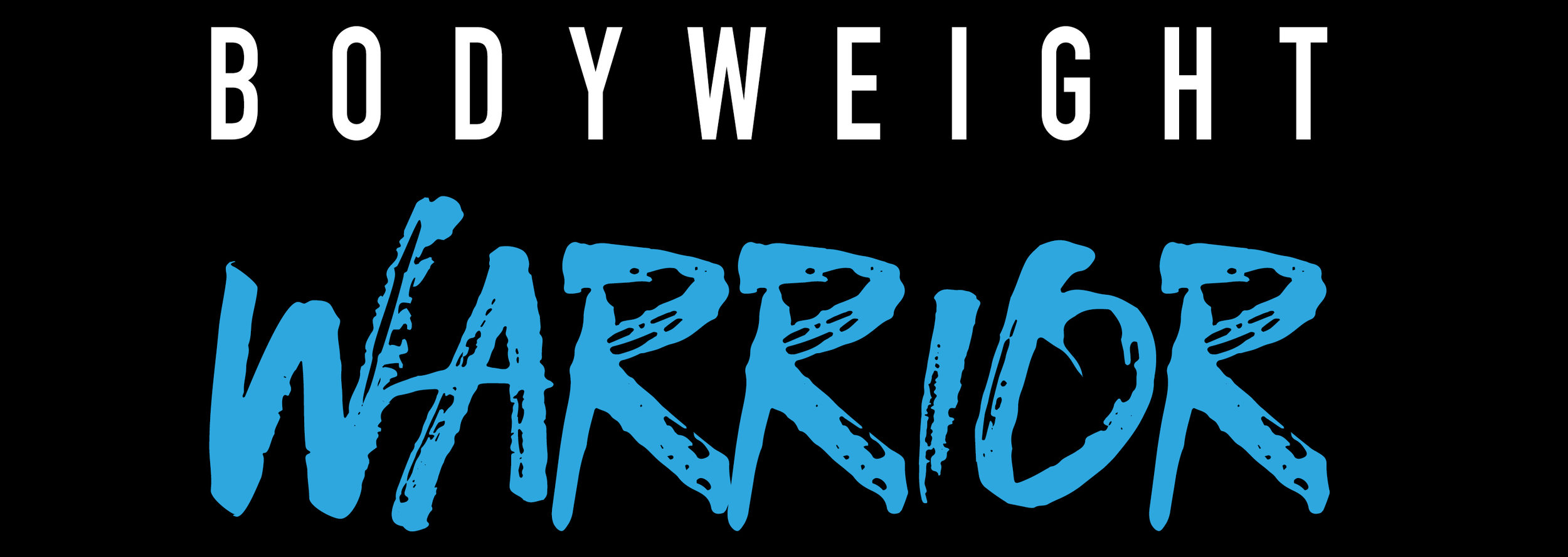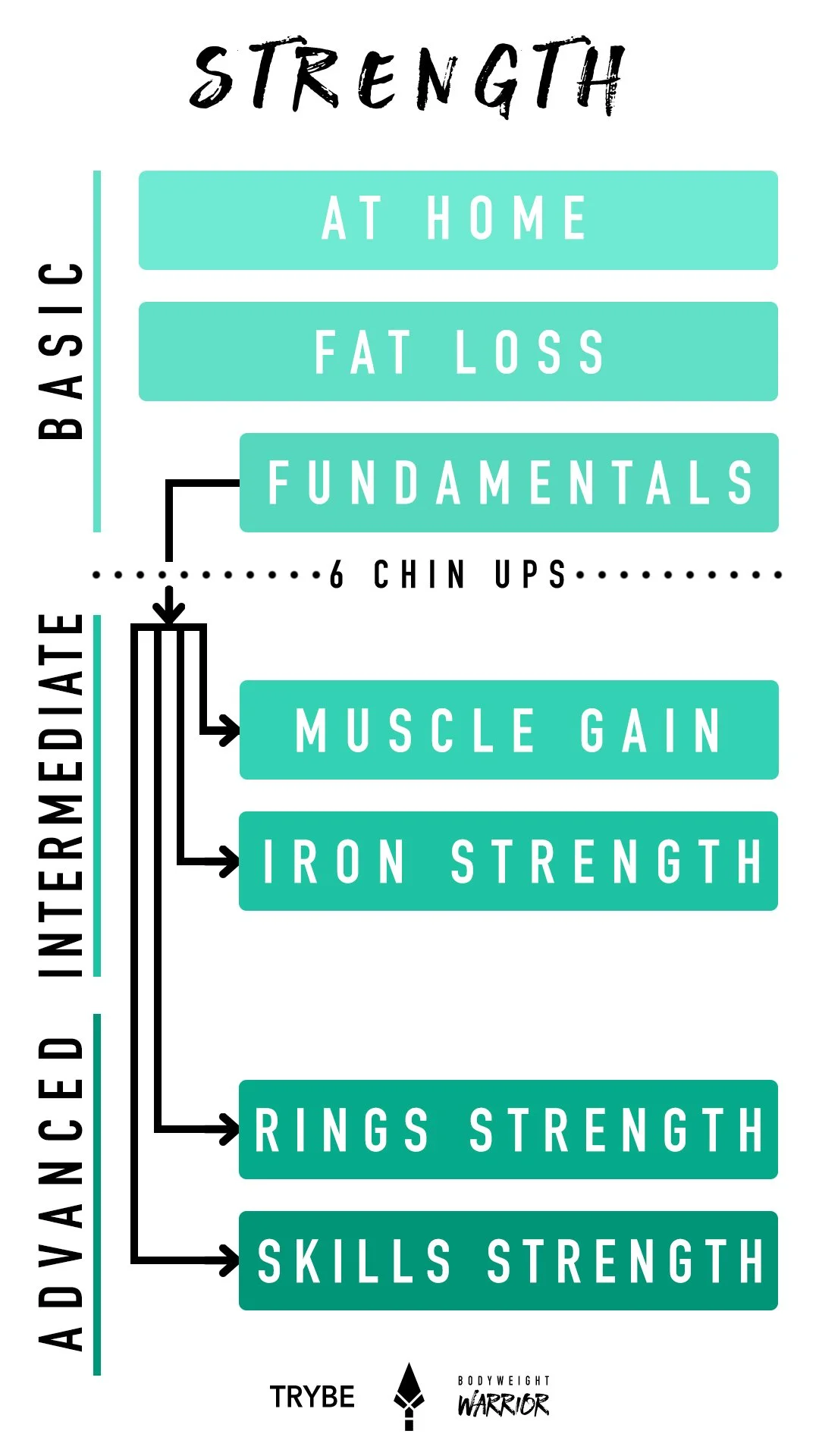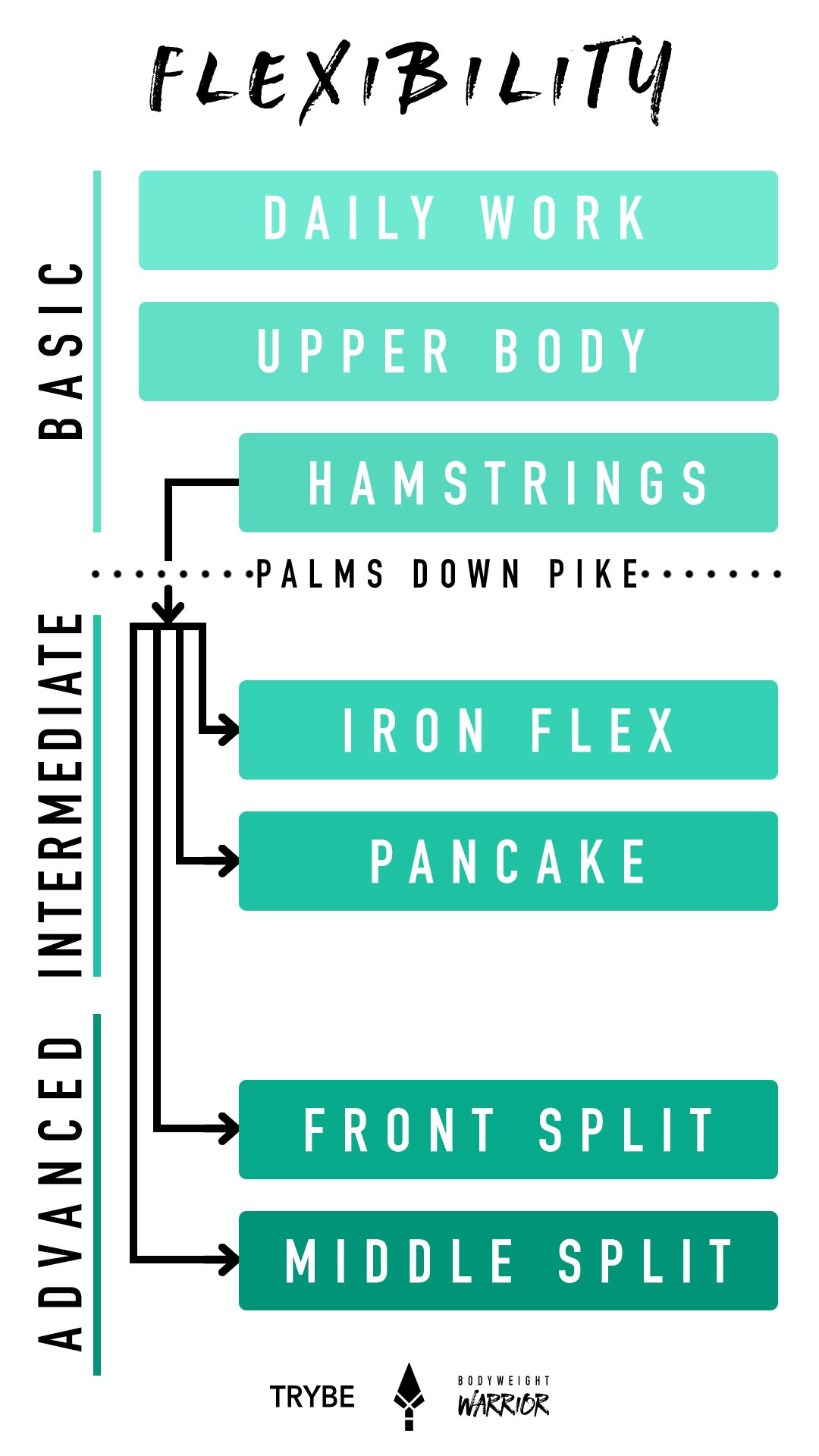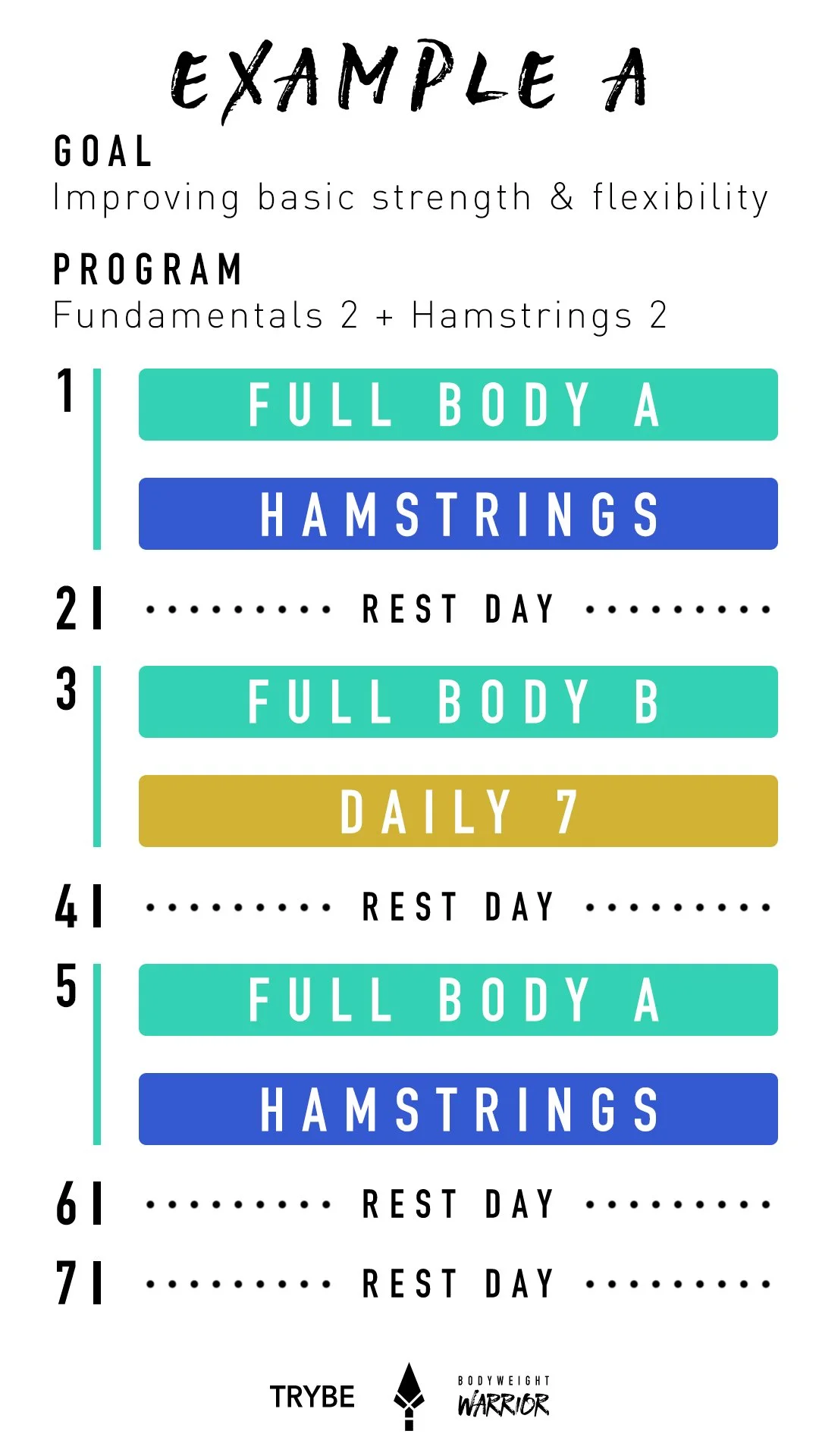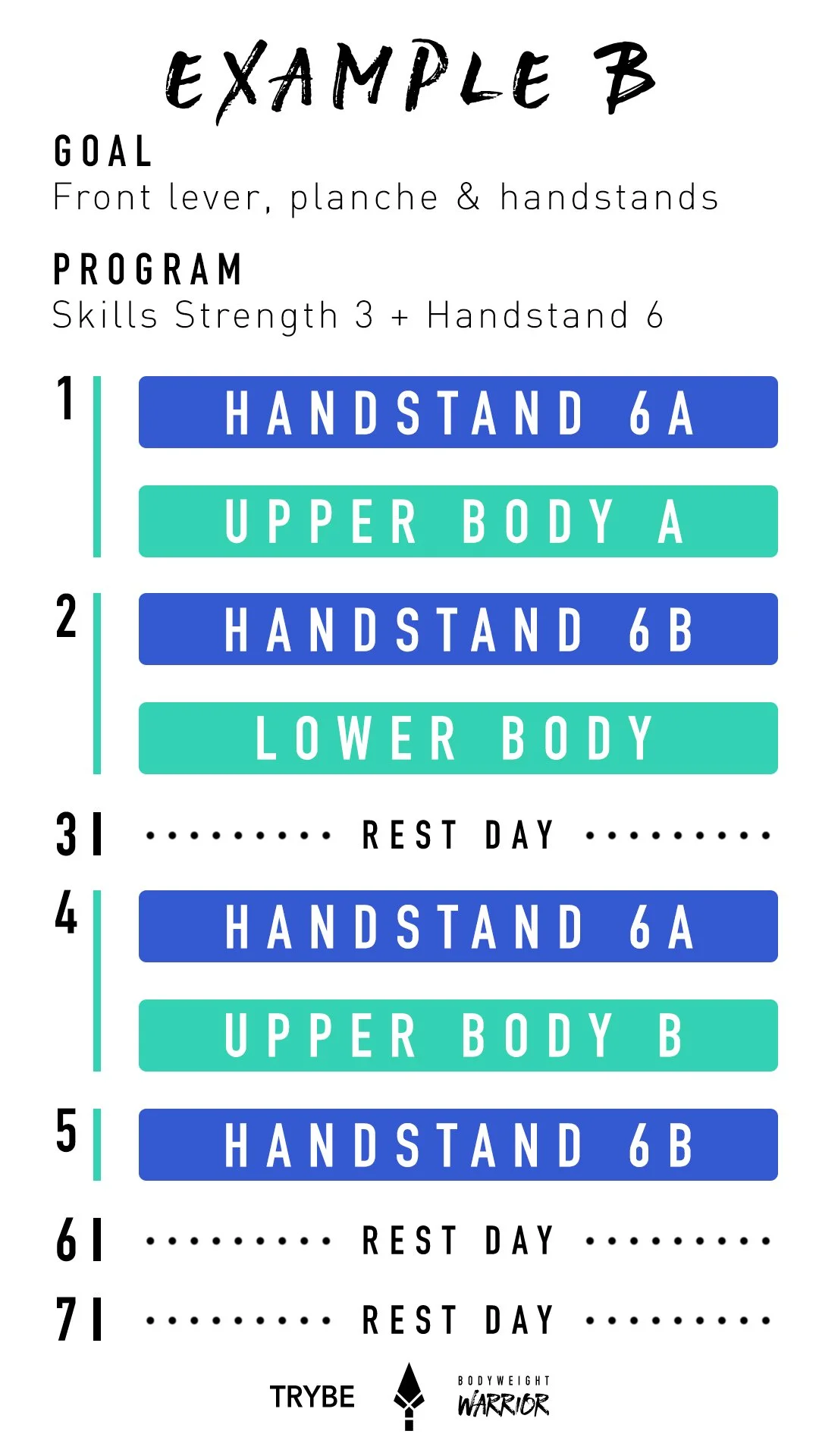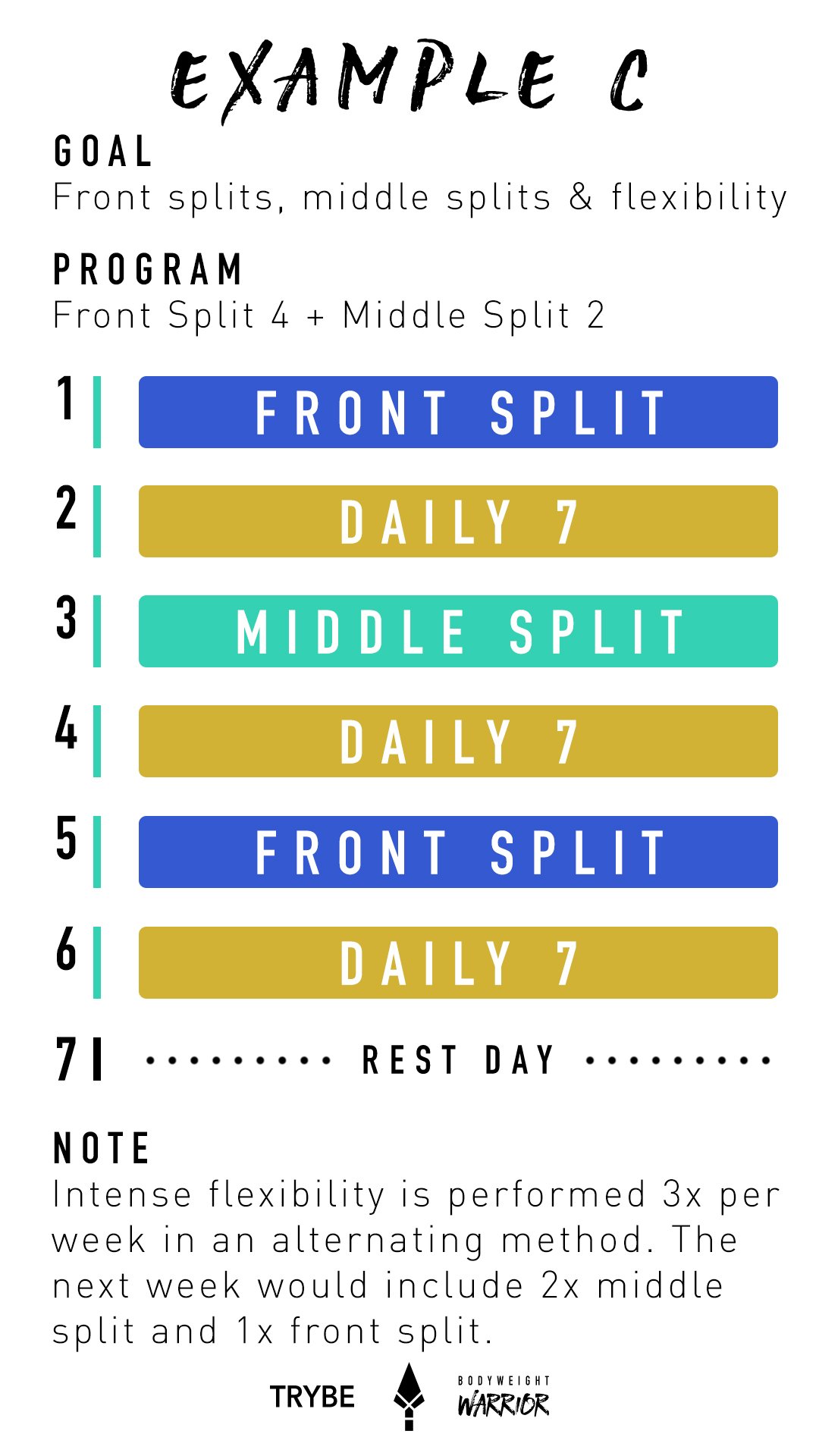Program Selection Explained!
The most important factor in making progress is showing up consistently and doing the work. This post is aimed to help you find a program setup that meets your goals and ability so you can focus more on just doing!
New to Trybe? Find out more about it with the links below.
Find The Right route
Working towards any advanced skill or position requires development and mastery of the basics as a foundation. I recommend the following prerequisites before moving on to the advanced programs within the app.
Strength - I recommend building to 6 chin-ups before moving on to the more advanced programs. Whilst chin-up is the main metric, you should also have the strength to perform 6 dips and 10-15 push-ups. At Home & Fat Loss programs are independent of these requirements and can be performed at any level.
Flexibility - I recommend first focusing on developing hamstring flexibility to help open the hips. Achieving palms to floor pike is a great one to tick off. Daily Work & Upper Body are independent of this requirement and can be performed at any level.
Although you can skip straight to the intermediate and advanced programs for short-term progress, I highly recommend making your way through them in order to build the foundations and make long-term gains. However, if you want to achieve a goal it is best to train it directly!
mix & match
The above roadmap is simple when working towards just one goal but what about combining programs? This is precisely the flexibility (pun intended) that Trybe allows as there are programs for all goals. Here is the process I would recommend following to set up your routines as well as example combinations. If you are a member, you can get specific guidance for building a routine by asking questions through the forum.
Set your goals - Have a clear image of what you what to achieve and where you are currently. Select 1-3 goals to prioritise to make the most progress, remember more is not always better.
Find the right programs - Use the roadmap and level prerequisites to select the right program for each goal.
Layer programs around strength - Strength workouts are your primary sessions as they’re more demanding and can affect other sessions. Skills and flexibility should then be considered modular add-ons. Flexibility can be performed on the same day after your strength session. Try to pair muscle groups or patterns, for example, upper body flexibility after upper body days or front splits after lower body. Skills work, like handstands, should be performed prior to strength sessions as it is more neurologically taxing. If you want to perform these “add-on” sessions on different days just consider how DOMs or fatigue from strength sessions may affect them, giving sufficient rest between.
Remove overlap - Repeating work in different sessions is likely when combining programs so try to remove the fluff and use your time wisely. Some programs incorporate flexibility cooldowns, for example, Skills Strength. You can either use the cooldown to work towards your flexibility goals or skip it and add on your standalone flexibility program instead.
Do less before adding more - I like to take a minimal effective dose approach to train. Make sure you’re assessing progress through the programs to see their effects. If you’re not seeing results try to remove some fluff before adding more work. Using sessions from the Daily Work program can be a nice way to top up your training on rest days.
This is just a simple guide and there can be infinite complexity when programming training. I would recommend trying to keep it simple but if you are still struggling to create your routine, you can ask your questions in the member’s forum for specific guidance.
